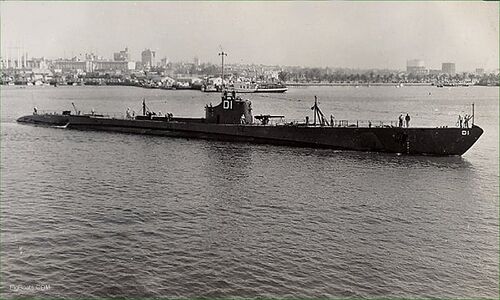Misc Dolphin photos
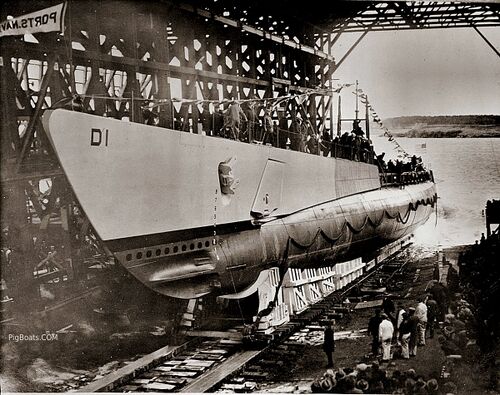
There are smatterings of Navy crew in amongst the shipyard worker riding the submarine down the ways. At the bow the Portsmouth Navy Yard Banner is flying. It reads backwards because the back of the banner is only seen by the camera. You may notice that in subsequent photos that there are anchors on both bows. This was later reduced to only one anchor per submarine.
There seems to be a distinct lack of bunting and ceremony involved in this launch. Perhaps due it being several years into the Great Depression and the government needed to show signs of austerity.
U.S. Navy photo
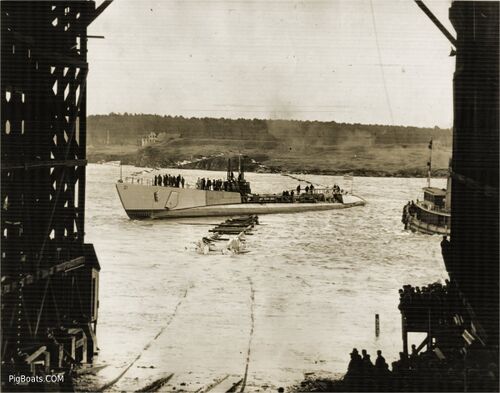
U.S. Navy photo in the private collection of Ric Hedman
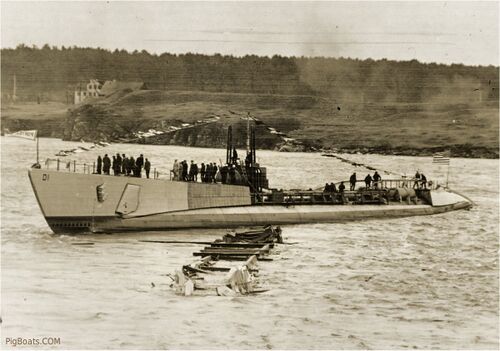
U.S. Navy photo in the private collection of Ric Hedman
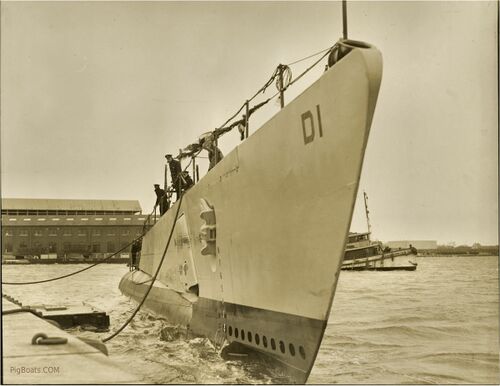
U.S. Navy photo
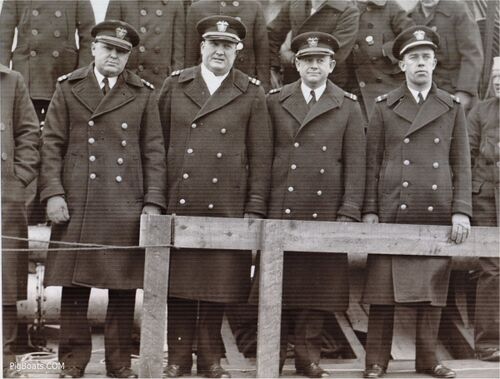
The Officers seen here are from Left to Right: Executive Officer, Lt Robert Eugene Blue; Commanding Officer; Lt John B. Griggs Jr.; Ltjg David E. Roth, and Ensign J. B. Johnson. The place the men are standing is sloped up to the right so that is why the photo looks strange. The cameraman "leveled" the picture to the deck.
U.S. Navy photo in the private collection of Ric Hedman
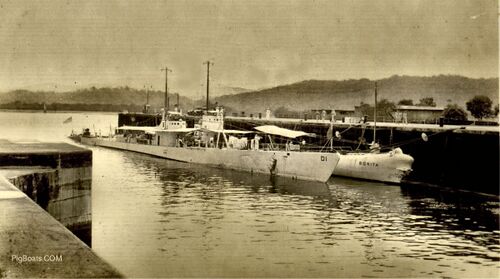
US Navy Photo Contributed by Roger Torgeson
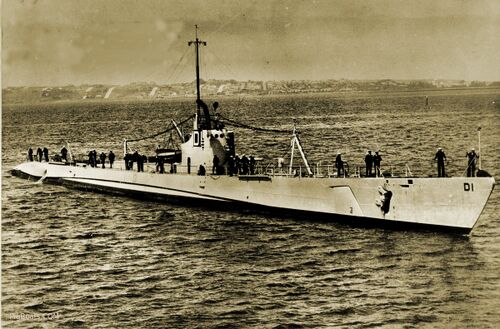
The sub has D-1 on her conning tower and bow. By March of 1939 that had been removed in favor of her hull number, plus she had been painted black as were most of the west coast submarines starting in 1934. She was used in the movie "Submarine D-1" in 1937 and had been painted black by that time.
Also, the crew are in Blue uniforms. These are worn from September 1 to May 31 in temperate climates. Hawaii is in the tropics and whites are worn all the time.
The submarine seems to be preparing to moor up to another vessel. The man all the way forward is getting ready to raise the Union Jack and the man all the way aft is ready to raise the American Flag. The underway colors are flying from the aft end of the conning tower fairwater. The man just left of the man at the bow is standing by with a heevie (a weighted line for tossing) to toss to the ship to haul the mooring lines across. Line handlers are standing by along the submarine's deck.
US Navy Photo Contributed by Roger Torgeson
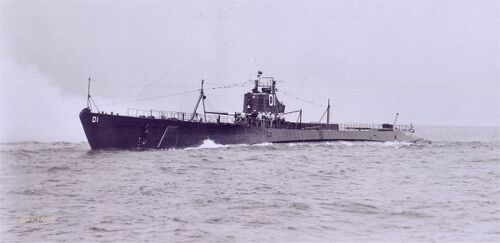
Just below the cluster of men manning the deck gun you can see the port side accommodation ladder.
News Photo Contributed by Roger Torgeson
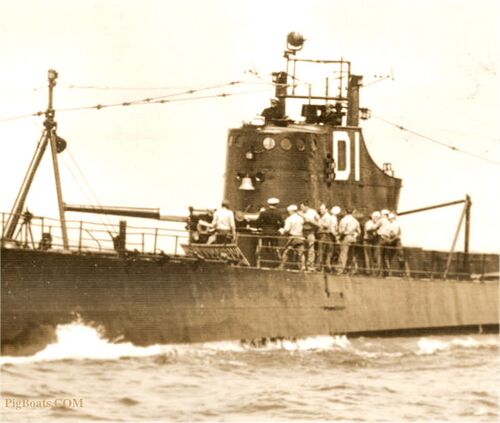
Photo in the private collection of Ric Hedman
